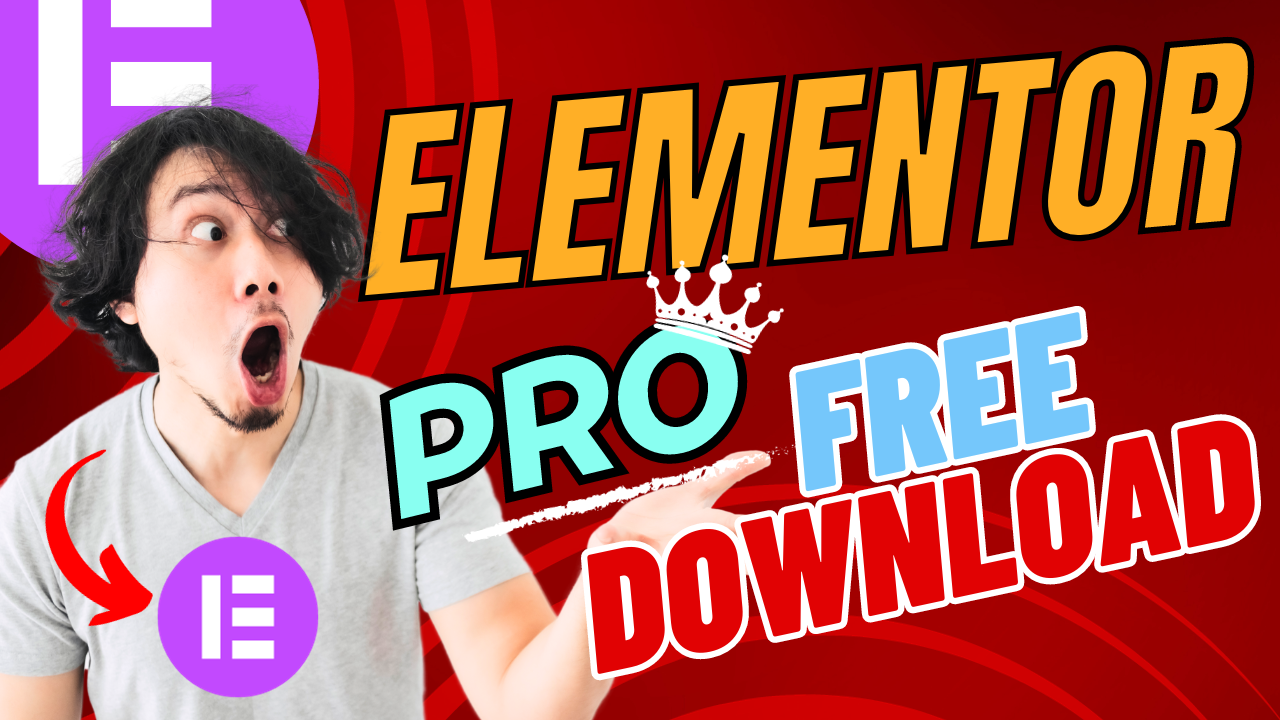Crafting a blog post that’s SEO-friendly is a strategic process aimed at boosting visibility in Google’s search results. This process starts with identifying the right keywords that your target audience is using for their search queries. Incorporating these keywords naturally throughout your content can significantly increase your blog post’s relevance and accessibility.

Understanding and implementing Google’s ranking factors is essential in structuring your content. Making your blog post easy to read by breaking it up with subheadings, bullet points, and images enhances user experience, which is a critical component of SEO. Ensuring that the website is mobile-friendly and loads quickly can also improve rankings, as Google values the user experience, especially on mobile devices. Lastly, regularly updating your blog with fresh, high-quality content signals to search engines that your site is a valuable, current source of information, thereby improving your search engine standing.
Crafting A Blog Post For Seo Success
Selecting The Right Keywords
Keywords are the foundation of your post’s SEO strategy. Select keywords that match your audience’s search terms. Use tools to find terms that are popular yet not too competitive.- Use Google Keyword Planner: Analyze search volume and competition.
- Long Tail Keywords: Target specific, niche topics.
- User Intent: Align keywords with what readers seek.
Balancing Keyword Density
Keyword density is the spice of your content recipe. Too little and Google won’t find your post; too much, and it’s keyword stuffing.| Term | Definition |
|---|---|
| Keyword Density | Percentage of times a keyword appears on a page divided by the total number of words on the page. |
| Ideal Density | 1-2% is generally recommended for main keywords. |

Starting Strong With An SEO-friendly Title
Your blog’s journey to the top of Google’s search results begins with a powerful title. A clever, SEO-optimized title works magic for your blog post. It invites clicks and forms the first impression on search engines. Below, we unlock the secrets to crafting titles that resonate with both readers and search algorithms.
Incorporating Target Keywords
- Research your main keyword with tools like Google Keyword Planner.
- Place the target keyword early in your title.
- Make sure the title reflects the content of your post.
Keywords are the lighthouses that guide users to your blog post. Using them effectively in your title helps search engines connect your content with user queries. Choose keywords with high search volume and low competition for best results.
Optimizing For Click-through Rates
- Create a sense of urgency or curiosity.
- Use power words to evoke emotion.
- Keep your titles between 50-60 characters.
- Test titles using A/B testing tools to determine what works best.
Titles need to be magnetic. They should capture attention and encourage the reader to click through. An optimized title can significantly improve your click-through rates, a key metric for SEO success. Remember, the perfect blog post title is a balancing act between SEO and human appeal. Master this, and you’ll set the stage for your content’s success.
Designing An Engaging Introduction
Hooking The Reader Quickly
Grab attention fast. In the digital age, readers have a short attention span. You need a hook—a fascinating fact, a question, or a bold statement. This hook must resonate with your audience’s interests or challenges. It’s like the scent of fresh cookies drawing you into a bakery; your opening sentences should pull readers deeper into your post.Previewing Value And Content
After the hook, it’s crucial to show what’s in store. Use clear and concise language to outline the benefits of your blog post. Think of it as posting a signpost that guides the reader through the journey ahead. List the topics your post will cover. Explain how the reader will benefit from each point. This clarity not only satisfies curiosity but also signals to Google that your post is a thorough resource, matching searchers with the answers they seek.Structuring Content For Readability
Utilizing Subheadings Effectively
Subheadings guide your readers through the article. They highlight the main points and break the content into sections. This improves scanning and helps keep visitors on your page. Use relevant, informative subheadings.- Make subheadings descriptive: They should tell readers what to expect in the following section.
- Include keywords: Incorporate main and secondary keywords naturally.
- Keep them concise: Subheadings should be to the point and clear.
Breaking Text Into Digestible Chunks
Long paragraphs can overwhelm readers. The key is to break text into smaller paragraphs. To achieve two to three sentences in every paragraph. This makes your post easier to read.| Long Paragraphs | Short Paragraphs |
|---|---|
| Difficult to follow and understand. | Easy on the eyes and engaging. |
| Can cause readers to lose interest. | Encourages readers to keep reading. |
Incorporating Multimedia Elements
Boosting Engagement With Images And Videos
Visuals have the power to grab attention and make content memorable. Here’s why and how to use them:- Images break up text, making the post less daunting.
- Videos can explain complex topics quickly and effectively.
- Interactive elements like slideshows encourage users to spend more time on your page.
Ensuring Media Is Seo-optimized
Just adding visuals isn’t enough. They must be optimized for search engines. Here’s what to do:| Task | Description |
|---|---|
| Compress Files | Reduce file size for fast loading times without sacrificing quality. |
| Use Alt Text | Add descriptive, keyword-rich alt text to improve accessibility and SEO. |
| Choose Correct Formats | Use JPEG for photos, PNG for graphics, and MP4 for videos for best performance. |
Building Quality Backlinks
The Role Of Guest Blogging
Guest blogging is a powerful strategy to earn quality backlinks. By contributing content to other blogs, you receive the opportunity to include backlinks to your own blog. This mutual exchange benefits both parties with fresh content and valuable backlinks.- Look for blogs that are accepting guest posts in your field. Create content that increases the value of their audience.
- Create content that increases the value of their audience.
- Include a backlink to your blog in a natural, relevant way.
Creating Link-worthy Content
Content is king, and creating material that others want to link to naturally encourages backlinks. Focus on providing content that solves problems, offers valuable information, or is uniquely entertaining.- Produce original research or data.
- Design engaging visuals like infographics.
- Write comprehensive guides on trending topics.
Optimizing For Mobile And Page Speed
The Importance Of Responsive Design
Responsive design ensures your blog looks great on all devices. Whether it’s a phone, tablet, or desktop, your content must be easily accessible and pleasurable to read.- Mobile-first approach is key. Google ranks mobile-friendly sites higher.
- Use CSS media queries to adapt layouts to various screen sizes.
- Test your blog on different devices to guarantee a seamless experience.
Improving Loading Times For Better Rankings
Google loves fast sites. A swift loading blog post can leapfrog the rankings. Delve into these speed enhancement tips:| Method | Description | Impact |
|---|---|---|
| Optimize Images | Compress and properly format images. | Reduces page size, increases speed. |
| Minify Code | Remove unnecessary characters in CSS, JS, HTML. | Streamlines code, reduces load time. |
| Browser Caching | Store parts of your site locally on visitors’ browsers. | Speeds up returning user experience. |
| Content Delivery Network | Distribute your content across multiple servers globally. | Ensures faster content delivery to users anywhere. |
- Analyse with tools like Google Page Speed Insights.
- Combine files to reduce HTTP requests.
- Upgrade hosting if needed for better performance.
Using Analytics To Refine Your Strategy
Monitoring Google Analytics For Insights
Regularly check your Google Analytics dashboard to understand user engagement. Focus on metrics like page views, bounce rate, and average session duration. These numbers reveal how well your content keeps readers interested.- Page Views: Indicates the popularity of your post.
- Bounce Rate: Shows if readers stay or leave quickly.
- Average Session Duration: Tells how long users engage with your content.
Adjusting Your Approach Based On Data
Data from Google Analytics should guide your content tweaks. If a post has a high bounce rate, it might not meet users’ expectations. Ensure your content matches your headlines and keywords.| Analytics Metric | Action Point |
|---|---|
| High Bounce Rate | Improve content relevance to the title. |
| Low Average Session Duration | Make your content more engaging and informative. |
| Low Page Views | Review and optimize your SEO keywords. |
Staying Updated With Google’s Algorithm Changes
Adapting To New SEO Trends
Gaining an edge in SEO means applying the latest trends. You need both a sharp eye and a flexible approach. Changes can affect rankings overnight; be prepared. Use credible SEO news sources and tools to stay informed. Integrate fresh insights into your SEO practice. Focus on quality content, but also look at structure and engagement metrics. Relevant, well-structured, and engaging content will always win in Google’s eyes.- Monitor SEO news websites regularly.
- Use SEO tools for keyword research and trend analysis.
- Incorporate multimedia to boost user interaction.
- Optimize for voice search and mobile users.
- Improve user experience(UX) across your blog.
Avoiding Penalties From Algorithm Updates
 Algorithm updates can lead to penalties if Google finds content tactics questionable. Avoid these pitfalls by following best practices. Focus on delivering value to your readers. Never resort to black-hat SEO techniques. Check for issues using Google’s Webmaster Tools. Fix problems quickly and efficiently. Remember: authentic, user-centric content stands strong against algorithm shifts.
Algorithm updates can lead to penalties if Google finds content tactics questionable. Avoid these pitfalls by following best practices. Focus on delivering value to your readers. Never resort to black-hat SEO techniques. Check for issues using Google’s Webmaster Tools. Fix problems quickly and efficiently. Remember: authentic, user-centric content stands strong against algorithm shifts.
| Best Practices | What to Avoid |
|---|---|
| Quality, original content | Duplicate or spammy content |
| Natural keyword use | Keyword stuffing |
| Regular content updates | Stale, outdated information |
| Engaging, multimedia elements | Poor user experience |
- Regularly check Google’s Webmaster blog for update news.
- Audit your site post-update using SEO tools.
- Make necessary changes without delay.
- Focus on creating a positive user experience.
Engaging With Your Readers Through Comments
Encouraging Comments For Increased Interaction
Want more comments on your blog? Then make it easy and inviting! Start by asking questions in your posts. This encourages readers to share their thoughts. Keep your comment section visible and straightforward to use. Here’s how to get those comments flowing:- End posts with a question: This prompts readers to respond directly.
- Use a clear call-to-action: Invite readers to comment with phrases like “Tell us what you think!”
- Offer incentives: Sometimes, small rewards for commenting will boost interaction.
- Create comment-worthy content: Write provocative, thoughtful, or relatable posts that spark conversation.
Responding To Feedback And Building Community
Comments are not a one-way street. Reply to them! A responsive blog owner builds trust and a sense of community. Take these steps:- Acknowledge and thank: Show gratitude for readers’ input
- Provide thoughtful responses: Engage in meaningful dialogue
- Be prompt: Timely replies keep the conversation alive
- Address negative feedback constructively: Use negative comments as an opportunity to improve

Frequently Asked Questions For How To Make A Blog Post Maintain With Google SEO
What Is Google SEO Maintenance?
Google SEO maintenance is the continuous process of updating and optimizing a website to comply with Google’s algorithm updates. This includes regularly adding fresh content, improving user experience, and ensuring all SEO practices are up-to-date. It’s essential for sustaining high search rankings.
How often should I update my blog about SEO?
You should update your blog with new posts at least once a week. Regularly updating with fresh, relevant content signals to Google that your website is active. Moreover, frequent updates can help maintain or improve your search engine rankings and drive consistent traffic.
What Are Key SEO Strategies For A Blog?
Key SEO strategies include using relevant keywords, optimizing meta tags and images, creating high-quality content, and ensuring mobile-friendliness. Building backlinks and maintaining a fast loading speed are also crucial. Implementing these can boost your blog’s visibility and search rankings.
Can Social Media Impact Blog SEO?
Yes, social media can impact blog SEO by driving traffic, increasing content reach, and enhancing brand recognition. Sharing your blog posts on social platforms can lead to more backlinks and engagement, indirectly influencing search rankings through increased authority and relevance.
Conclusion
Crafting a blog post that resonates with Google’s SEO isn’t just beneficial; it’s crucial for digital success. Remember, frequent updates, relevant keywords, and user engagement are your allies. By leveraging these strategies, your content can thrive in the competitive online landscape.
Start optimizing today and watch your blog’s visibility soar!






